Giving an allowance to kids is a common but tricky part of parenting. How much money should you give them, how can you teach them to be responsible with money from a young age? How do you make saving money fun for them? These questions can be challenging, especially if you don’t find finances interesting or if you find them a bit scary.
Getting Allowance
Parents handle allowances differently. In 2008, Barack Obama said his pre-teen daughters got $1 a week. Mariah Carey’s kids do chores to earn their allowance. Even Warren Buffett’s children had to work around the house for their money.

Source: LindaRobinson/Pinterest
Teaching kids the value of giving back is also essential. Some kids used their allowance to buy a service dog and make clothes for children in need.
Teaching Basic Money Concepts
Experts agree that teaching kids basic money concepts early on can help them succeed later. The trick is to make it easy and a bit fun. You don’t need to spend a lot of money. You also don’t have to be perfect at managing your own budget to make a difference; just start.
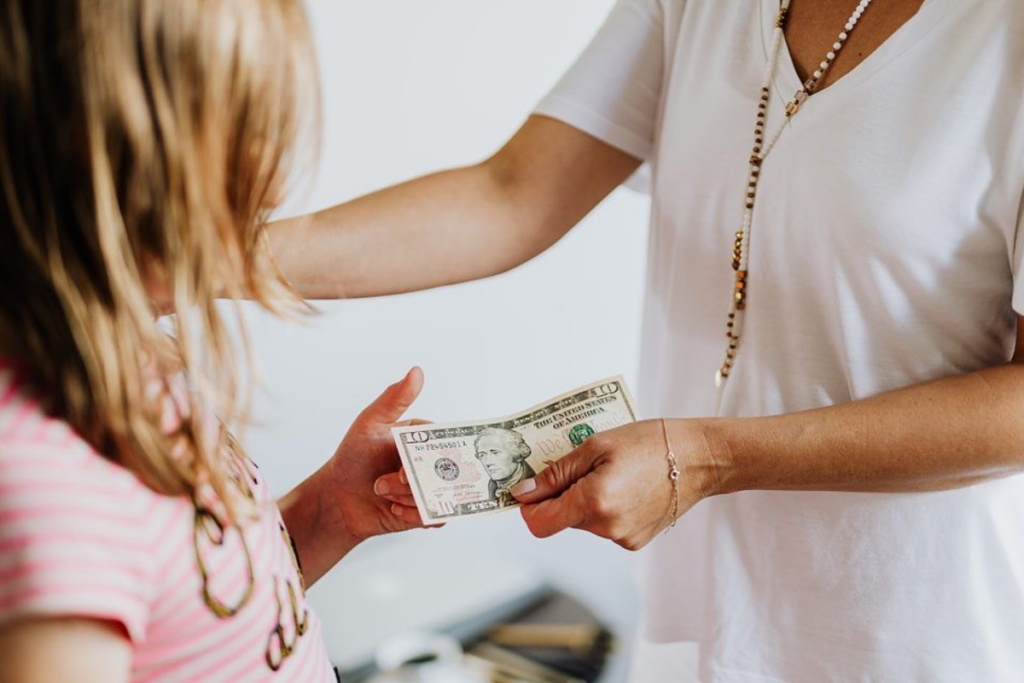
Source: DailyMom/Pinterest
Liz Frazier gave some advice. Frazier is a financial planner and author of “Beyond Piggy Banks and Lemonade Stands: How to Teach Young Kids About Finance (and They’re Never Too Young).”
When To Give Your Kids an Allowance
She advised on handling allowances and more. “The earlier it is, the better,” says Frazier. “There’s no set age for when kids should get an allowance. It’s more about when they start noticing money, see you paying for things, and begin asking questions.

Source: Valleylearningcenter/Pinterest
Kindergarten is an excellent time to start.” Liz Frazier also suggests giving young children cash to help them understand money better: “Kids learn best by interacting with something.”
How Much Allowance Should You Give Your Children?
At a young age, digital money is too abstract for them. Kids are still learning basic math skills, so using cash is more practical. Frazier shared that she started giving her 5-year-old daughter $5 a week.
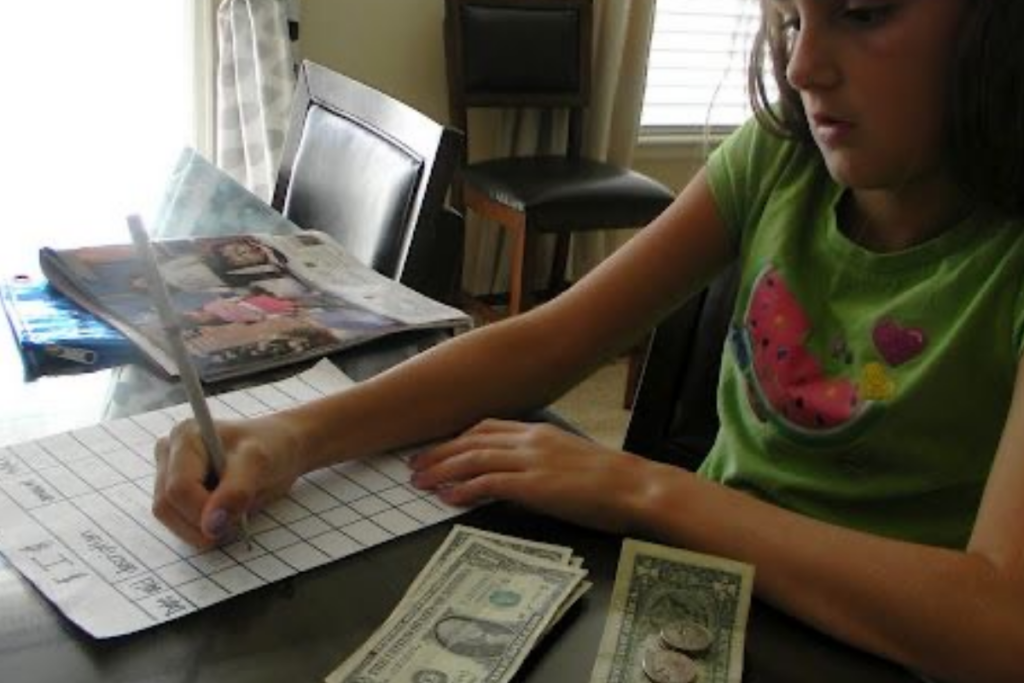
Source: Mohankicker/Pinterest
She taught her to divide the money into three jars. One for spending on small things, one for saving for bigger things, and one for donations. Her daughter decided how much to put in each jar.
Increasing Allowance
“It doesn’t matter how much you start with. It’s just a simple rule that kids understand. They will get $5 a week when they’re five years old, $6 when they’re six, and so on.
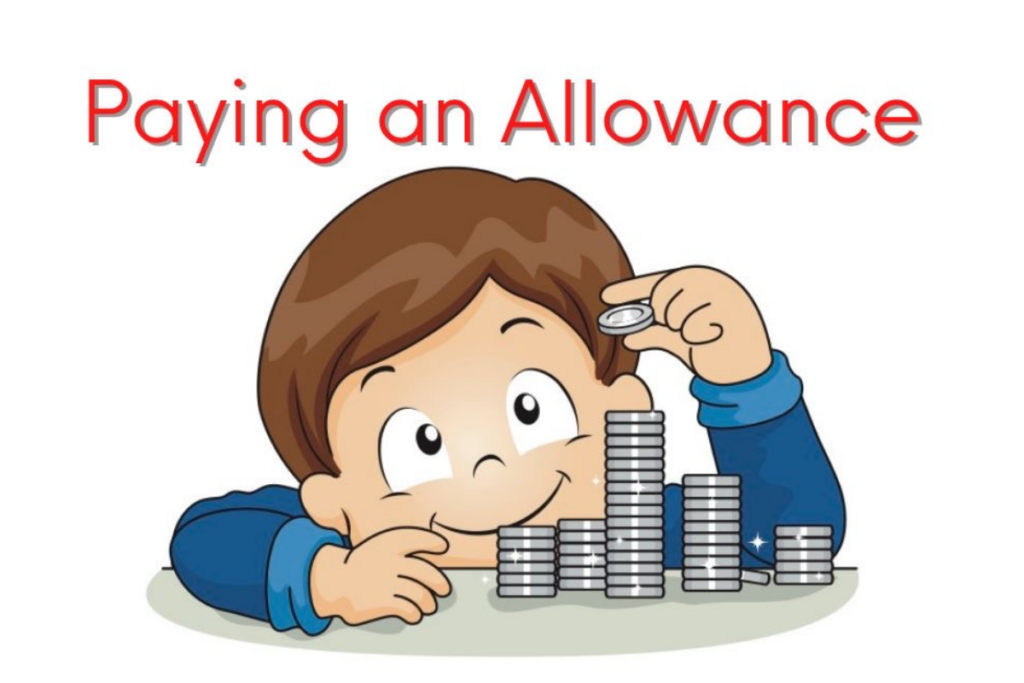
Source: JoyWallet/Pinterest
As they grow older, they want to buy more expensive things. So, the increase gives them more responsibility with their money,” Frazier says. “For families who can’t afford that much allowance, you could start at half their age. ‘You’re six years old, so you get $3 a week.’ The important thing is to increase their allowance a bit each year, so they keep learning and practicing.”
Setting Goals with Their Allowance
Before using a system like Frazier’s three jars, discuss it with your child. Discuss what each jar is for and how long they have to reach their goals.

Source: Parents/Pinterest
The “spend” jar is for money to be used on something fun, like fair tickets or ice cream. The “save” jar is for a more expensive item, like a scooter. You can also set small goals to help them save up over time. The “share” jar is for donating to a cause your child cares about at a time you decide.
Does Your Child Have To Work to Earn an Allowance?
Every family should choose what works best for them. However, Frazier suggests giving kids a fixed allowance each week, not tied to chores, for two reasons. First, it allows kids to learn about money in a fun way without it feeling like a punishment.

Source: RealSimple/Pinterest
Second, it encourages kids to help with household tasks. They can unload the dishwasher or make their bed because they are part of the family, not because they get paid.
To Work or Not to Work for Allowance
If you give your kids money for doing chores, there might be a problem. They might decide not to do any chores if they don’t need the money that week.
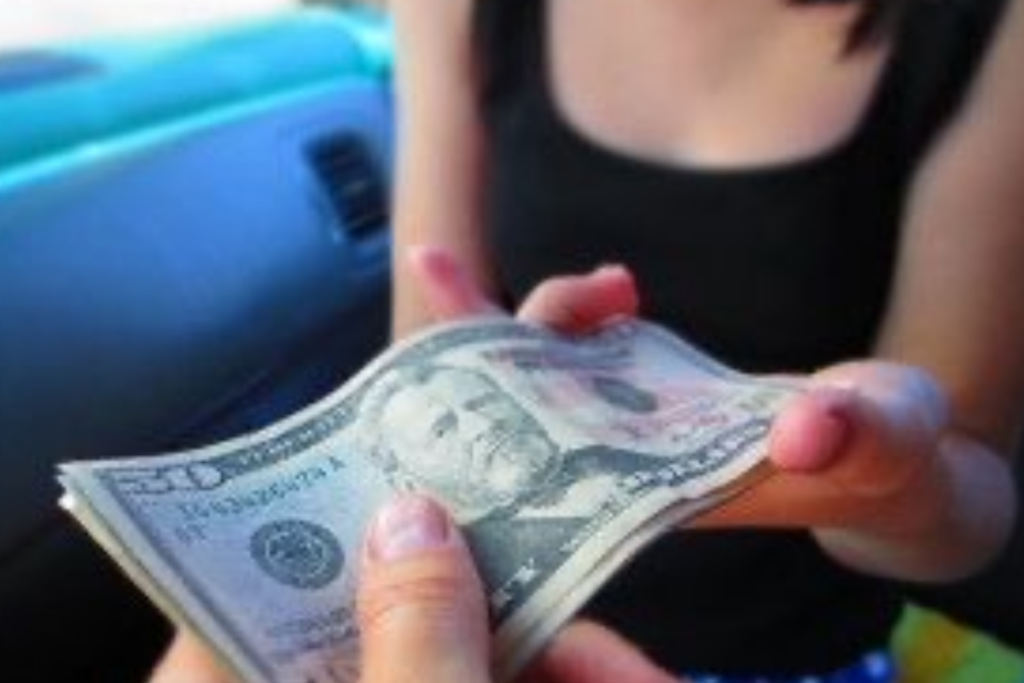
Source: LittleReadingRoom/Pinterest
Instead, you could make a list of extra tasks they can do to earn more money on top of their regular allowance. Things like cleaning the yard or helping with cooking could have different amounts of money attached to them. This way, they can work towards saving up for something they want faster.
Allowance: Can You Use It To Reward or Punish?
Frazier says some parents reward kids with money for good grades. She also says sometimes they take away allowance as punishment when the kids are grounded.

Source: TheCentsables/Pinterest
However, she doesn’t think it’s a good idea. She suggests that allowance should always be given positively, regularly, and predictably. If kids lose money for getting a bad grade, it can feel like a punishment to them.
How to Get Your Child Interested in Finance
Teaching kids about money can be challenging because there are a lot of different ideas about it. Parents have to help kids figure out the right way to think about money.
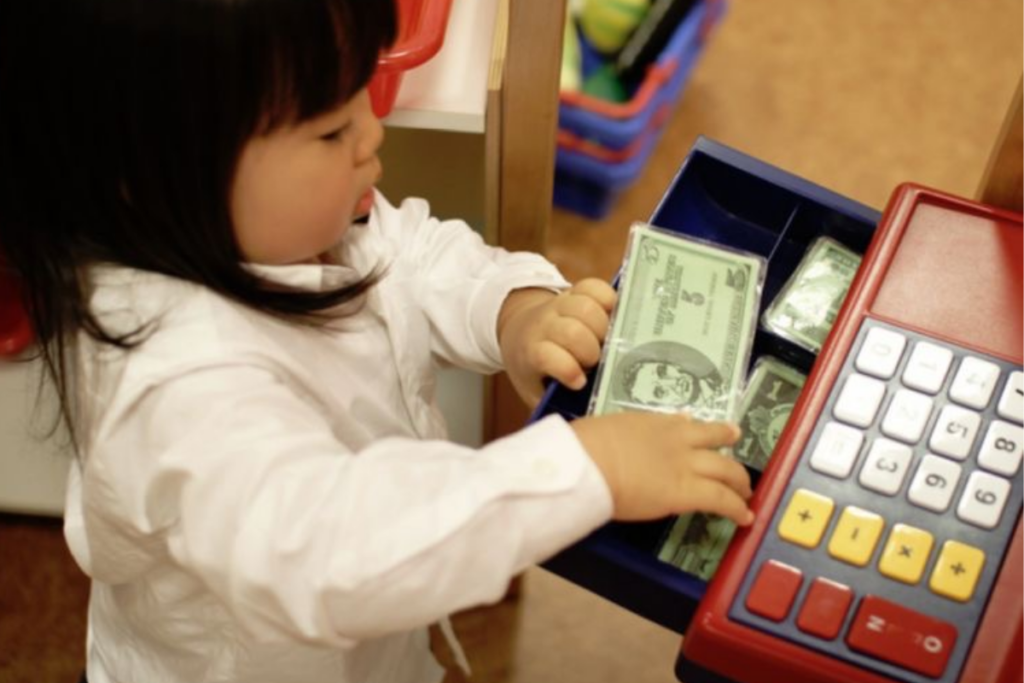
Source: LetGrow/Pinterest
For example, Frazier helped her daughter save money by giving her rewards for reaching certain amounts. When her daughter saved $10, Frazier gave her an extra $5. And when she saved $20, they had a special ice cream party together.
Making Finance Look Interesting
It would help if you taught kids about money in ways they can understand. When they understand it and find it interesting enough, they will get involved in it when they’re young.

Source: PBS/Pinterest
For example, you can talk about money casually every day. You can talk about it when you take cash out of the ATM for something you need. And also when you choose not to buy something because it’s not in your budget.
Budgeting
Regardless of what you know about finances, you’re managing money every day. You are budgeting even if you don’t think about it much. When you spend, you’re deciding how to use your money.

Source: Huffpost/Pinterest
There are chances every day to discuss money matters. For example, when you buy something small, like a bagel or coffee, consider using cash. This way, kids can see that spending money means it’s gone from your bank account. This will help them learn the value of money.
Explaining How To Utilize Their Allowance
In simpler terms, if your kids don’t like sharing or saving their money, remind them that it’s still theirs. If they’re saving, it’s for spending later. If they’re sharing, tell them it’s their money to use for helping others.

Source: Forbes/Pinterest
Take them to places like an animal shelter to show them where their money could make a difference. Kids naturally like being kind and helpful, so they’ll probably want to do good things with their money.
How You Should Give Your Teenager Allowance
As kids get older, it’s better to give them their allowance once a month instead of every week. But you should still remind them to use their money wisely. They can use it by spending some, saving some, and sharing some.

Source: CharlesSchwab/Pinterest
You can also talk to them every now and then to see how they’re doing. Make sure they know what you expect them to spend their money on. And if they don’t meet those expectations, there should be consequences.
Learning Lessons
“If kids spend all their money at the start of the month, they will learn a significant lesson. They won’t be able to buy what they want for the rest of the month; they’ll learn from that mistake. And probably, next time, they won’t do it again,” she says.

Source: Today’sParents/Pinterest
Once your child is ready to use a bank account instead of cash, you can go digital. “Go to the bank together and have a banker explain how it works to make it more understandable,” Frazier suggests.
Digital Allowance
For the next step, you can let them use an app or online banking. A debit card is good for teens because the world is leaning towards digital money. Many places don’t use cash anymore.

Source: FamilyEducation/Pinterest
Debit cards are a safe way for kids to spend money. However, it is still important to keep talking to them about money.
Getting Cash Gifts
You can keep reminding them about their money lessons. For example, “If you buy this, you won’t have money for that,” since they might be more impulsive at this age.

Source: People/Pinterest
There are times when your kids might get cash gifts from maybe friends and family. This cash gift might be a large amount of money, and you might be wondering what to do with it.
What You Should Do if Your Child Receives A Large Cash Gift
The three-jar system can still come in handy in this situation. Liz Frazier made a suggestion. You can tell your kids something like, “This is a lot of money. So, make sure you put some in your save jar and some in your share jar.

Source: Lifehacker/Pinterest
You can go further by giving them a guideline, but you should also ask for their opinion. You can say something like, “I think that maybe a good rule of thumb would be 10% into the share and the save jar, but what do you think?”
Building Habits
“Even if kids don’t fully understand it when they’re young, it’s important to teach them. They should learn to always put some money aside for saving and sharing, no matter how much they get,” Frazier says.

Source: TheBowBank/Pinterest
“This helps them develop a habit. So when they get their first paycheck, it will be automatic for them to save a portion and donate a bit. Building this habit is what matters most.”

